Product pictures
| Amount Per 2 tbsp, 30 g | |||
| Calories | 80 Kcal (335 kJ) | ||
| Calories from fat | 54 Kcal | ||
| % Daily Value* | |||
| Total Fat | 6g | 9% | |
|---|---|---|---|
| Saturated Fat | 1g | 5% | |
| Cholesterol | 5mg | 2% | |
| Sodium | 310mg | 13% | |
| Total Carbs | 6g | 2% | |
| Sugars | 2g | 8% | |
| Calcium | 20mg | 2% | |
* Percent Daily Values are based on a 2000 calorie diet. Your daily values may be higher or lower depending on your calorie needs.
Find out how many calories should you eat.
Ingredients And Nutrition Overview
Best
choice Good
choice Poor
choice Avoid
it!
choice Good
choice Poor
choice Avoid
it!
-
WeightWatchers Points: 2.1, PointsPlus: 2, SmartPoints: 3
WeightWatchers Points are estimated by carbohydrates, fats, protein and fiber in product. They are not an affirmation of better quality or nutritional value of the product or its manufacturer. Only way to count for dieters. Less points are better.
Read more at Weight watchers diet review -
Salty! Has over 13% of the daily sodium max
The average American consumes 5,000 mg of sodium daily — twice the recommended amount amount of 2400mg for healthy adults, this is 1 teaspoon of salt.
For medical reasons many people should not exceed 1500mg of sodium.
Surprisingly, you're responsible for only 15% of the sodium in your diet the bigger part - 75% of the sodium that you consume each day comes from processed foods, not home cooking or the salt shaker.
Excess sodium intake increases the risk of high blood pressure, hypernatremia, hypertension, cardiovascular disease and other heart problems.
Are these reasons enough to cut the sodium intake? No doubt! -
Convert Salt tsps to Sodium mg easily
Salt (NaCl) is not excactly sodium (Na).
It is not right to use these terms as synonyms.
The FDA recommended limit of sodium is 2,300 mg per day (or even less - about 1500 mg while one is on low sodium diets).
This is much less than the weight of salt.
(5,750 mg per day or 3,750 mg for low sodium diet) and not so convenient to calculate.
Know how much sodium is in your salt - without a calculator:
1/4 tsp salt = 600 mg sodium
1/2 tsp salt = 1200 mg sodium
3/4 tsp salt = 1800 mg sodium
1 tsp salt = 2300 mg sodium -
Great! Contains less than 1.5 tsp of sugar.
Great! Contains less than 1.5 tsp of sugar per serving!
-
Carrageenan is an additive made from seaweed.
It is used as a thickener in products such as ice cream, jelly, chocolate milk, infant formula, cottage cheese.
It is a vegetarian and vegan alternative to gelatin.
It has been used for hundreds of years in Ireland and China, but only made headway into modern food processing in the last 50 years.
The processing steps after harvesting the seaweed include drying, grounding, filtration, treatment with potassium hydroxide, removal of cellulose by centrifuge, concentration by evaporation, drying, and grounding.
Interestingly, the Philippines account for the vast majority of the world supply of carrageenan.
In some animal studies, carrageenan was shown to cause intestinal lacerations and tumors.
A 2001 meta-study of 45 peer-reviewed studies concluded that carrageenan consumption may result in gastrointestinal malignancy and inflammatory bowel.
The FDA has approved carrageenan as safe, basing its decision on industry funded studies.
European agencies and the World Health Organization have also deemed carrageenan safe, with the exception of infant formula.
The fear is the a baby's gut may be unable to handle the large carrageenan molecules.
In some individuals carrageenan may cause intestinal discomfort or worse. -
Contains MSG!
Monosodium Glutamate is used as a flavor enhancer with an umami taste that intensifies the meaty, savory flavor of food.
Naturally occurring glutamate does it in foods such as stews and meat soups.
Despite the fact that MSG is one of the most extensively studied food ingredients and is generally recognized as safe (GRAS) by FDA.
Some people should steer away from it as they feel that react adversely to MSG.
MSG is generally found in processed, low-quality foods, stuff that you shouldn’t be eating much.
REMEMBER: Any food ingredient listed as hydrolyzed, protein-fortified, ultra-pasteurized, fermented or enzyme-modified is often MSG, or creates free glutamic acid during processing. -
Has EDTA, on FDA's toxicity watchlist
Ethylenediaminetetraacetic acid (EDTA) is a chemical added to certain foods and beverages to keep their color and flavor.
EDTA is known as a persistent organic pollutant. It resists degradation from biological, chemical, and photolytic processes.
It may irritate the skin or cause skin rash and even asthma.
It is is generally recognized as safe by FDA, but is on it's list of food additives to be studied for toxicity. -
Contains phosphoric acid
Phosphoric acid is used as an additive to acidify foods and beverages such as various colas and jams.
It provides them a tangy or sour taste and then, to mask and balance the acidity they add a huge amounts of sweeteners.
Remember! It’s a corrosive acid and can form toxic fumes when it comes into contact with alcohols, ketones and other organic compounds.
Phosphoric acid has been linked to lower bone density, dental erosion, risk of developing kidney disease.
BTW: The clear sodas that contained citric acid didn’t have the same risk.
Sources:
American Journal of Clinical Nutrition: Colas, But Not Other Carbonated Beverages, Are Associated With Low Bone Mineral Density in Older Women: The Framingham Osteoporosis Study
American Journal of Clinical Nutrition: Carbonated Beverages and Urinary Calcium Excretion
Epidemiology: Carbonated Beverages and Chronic Kidney Disease
General Dentistry: Commercial Soft Drinks: pH and in Vitro Dissolution Of Enamel
Archives of Pediatric and Adolescent Medicine: Teenaged Girls, Carbonated Beverage Consumption, and Bone Fractures
Phosphoric acid has been linked to lower bone density in some epidemiological studies, including a discussion in the American Journal of Clinical Nutrition.
Allergens
Lactose Allergy, Milk Allergy, Corn Allergy, Soy Allergy, Eggs Allergy
Dressing light, ranch Ingredients
Buttermilk (Cultured Low Fat Milk, Guar Gum, Carrageenan, Locust Bean Gum, Salt), Corn Syrup, Soybean Oil, Distilled Vinegar, Water, Salt, Egg Yolk, Modified Corn Starch, Phosphoric Acid, Garlic, Monosodium Glutamate, Maltodextrin, Xanthan Gum, Onion, Cultured Dairy Solids (Milk, Cultures), Titanium Dioxide (Artificial Color), Potassium Sorbate (Preservative)f, Disodium Inosinate, Disodium Guanylate, Natural Flavors, Green Onion, Pectin, Methyl Paraben and Propyl Paraben. Calcium Disodium EDTA Added to Protect Flavor.
You Might Also Like
% RDI of Main Nutrition Facts
4%
of RDI* (80 calories) 30 g
-
Cal: 4 %
-
Fat: 9.2 %
-
Carb: 2 %
-
Prot: 0 %
-
0%25%75%RDI norm*
Calories Breakdown
- Carbs (30.8%)
- Fat (69.2%)
Get Your Recipe of Health!
Follow RecipeOfHealth on Facebook!

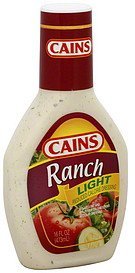
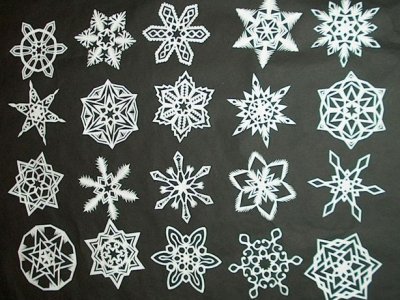
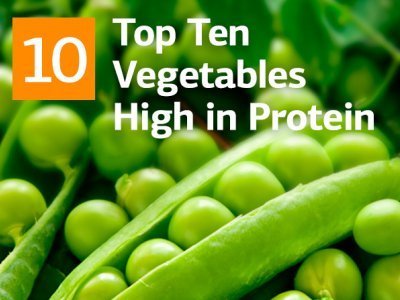

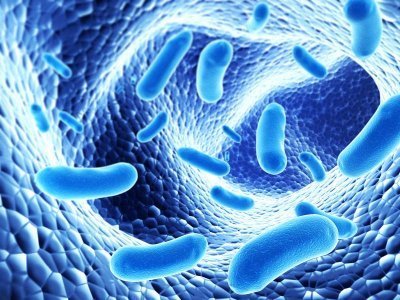









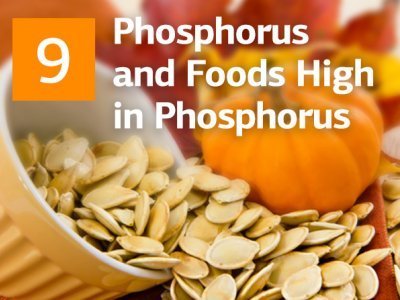
Add your comment